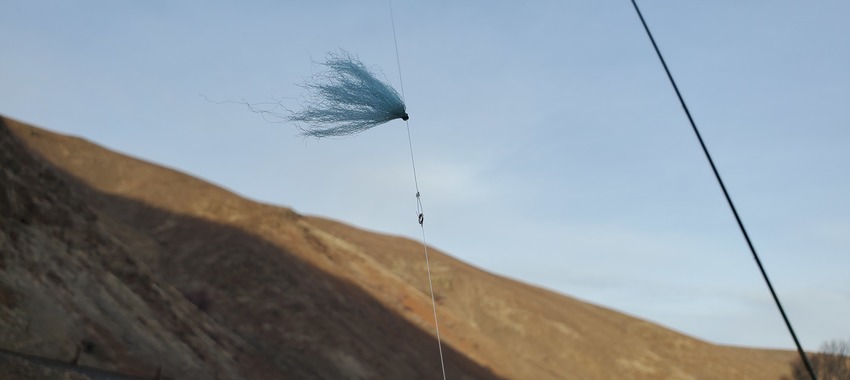My Favorite Strike Indicator Setup // Hinged New Zealand Rig
January 18, 2021
I have modified this rig over the years, but it's basically remained the same for the past 15. I'll take shortcuts to shave time sometimes while I'm rigging up a client, but if I were fishing for a million bucks and need an indicator rig... this is it. In the video I'll go through the building format, in the Podcast below I'll share more extended thoughts about fishing this type of rig.
Ingredients:
- 7.5' 4X Tapered Leader (you'll just be using the butt section down to about 0X - 1X so you can use an old leader off your dry fly rig).
- Loon Aquel Floatant
- Strike Indicator Comb (optional, but I personally consider it essential)
- RIO Large Tippet Rings
- Fluorocarbon Trout Tippet (4X-6X)
- New Zealand Strike Indicator Kit (or the yarn you can tie in if you prefer to just knot it into the line)
- Small Yarn Strike Indicator (these aren't as effective, but they are an easy)
- Rod: Longer/lighter is better. I do very well with my 10' 3 weight Euro Rods using this. They mend so delicately I can move the yarn indicator without hardly bumping the fly.
- Lines: Thinner is better. I use my Euro lines a lot for this. They will cast with a nymph/indicator but won't cast a dry fly for beans. The weight of the nymph should load the rod with just a Euro line. 3-4 weight lines are best for this, as they are thinner you'll experience less drag.
Tips for a Proper Setup:
- Indicator should be light, delicate, and shed water on your backcast.
- Use a strike indicator comb to pick apart knots that hold water. This helps a tremendous amount.
- Keep the Non Slip Mono Loop small. This is the knot at the end of your leader that you connect to the RIO Tippet Ring.
- Indicator should be a MINIMUM of 3' from the end of your fly line. 4-5' is much better.
- Use the minimum amount of yarn to suspend your nymphs.
- Shorter tippet is better, erorr on the side of too short to start then lengthen as necessary to generate strikes.
Advantages:
- Indicator is light enough to follow the fly, or be slowed down by the fly which is in deeper currents that are slower.
- You can manipulate the indicator's position around the fly with the cast.
- Indicator is very quiet and stealthy upon delivery and mending.
- Strike detection is extremely sensitive.
- You can mend this delicate indicator to reposition your fly mid-drift.
Disadvantages:
- Doesn't work with giant stonefly nymphs or streamers.
- There is a learning curve to building the ultimate indicator. You'll struggle with using too much vs. too little yarn.
- Doesn't punch through the wind.
- A bit more work to maintain, but absolutely worth it.
-
Thank you for sharing this info. It makes sense to me and I am eager to try it. Might be a game changer! How much of a 7.5' 4X Tapered Leader would I need to cut off to get to the 0X - 1X part of the leader? Also, does the size of the tippet ring matter?
-
Good instruction. Thanks Joe. Love the hat.
![Reds Fly Shop [logo]](/img/reds-fly-shop/logo.png)
